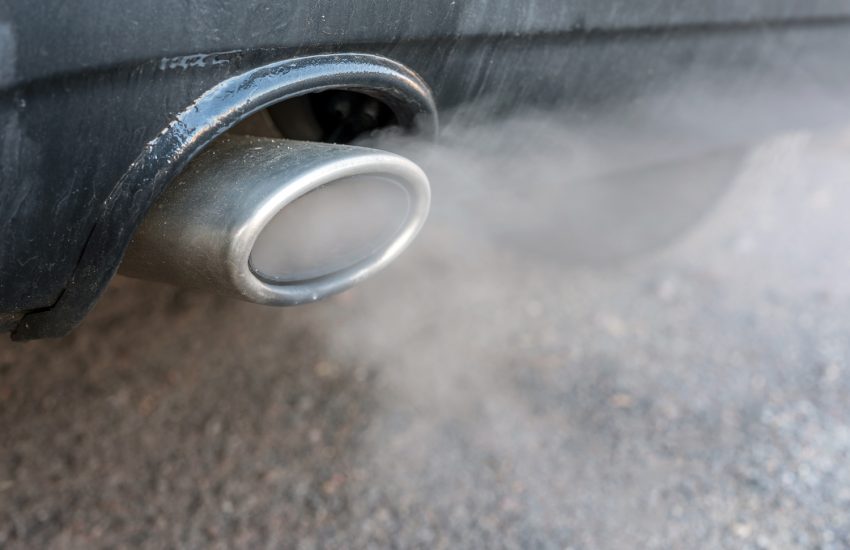The Office of the Inspector General of the United States Environmental Protection Agency is beginning an investigation into “potential irregularities” in the adoption of new regulations related to vehicle emissions. The evaluation arose after a former Environmental Protection Agency employee complained that career staff were not involved in the creation of the new rules.
The notice from the Office of Inspector General also credits Senator Tom Carper (D-Del.) for initiating the investigation and notes that the Office of Inspector General will determine whether the rule …
Continue Reading









